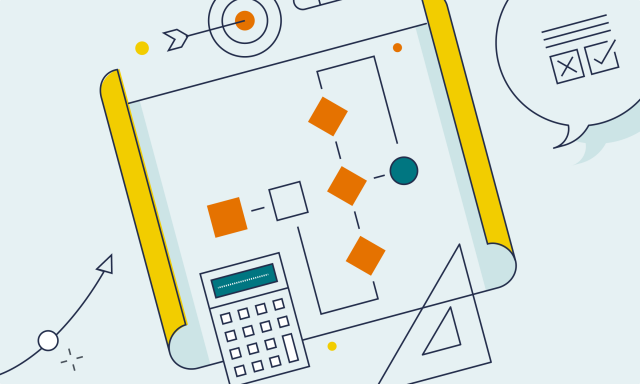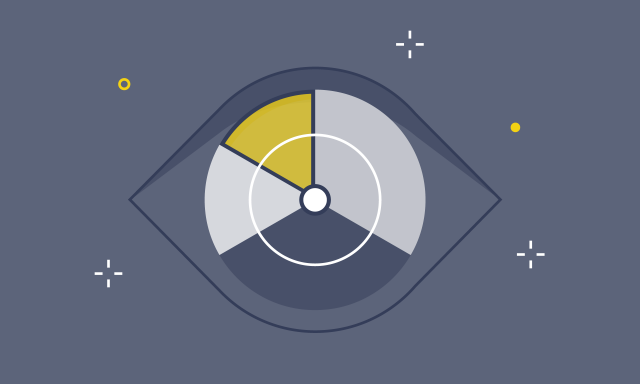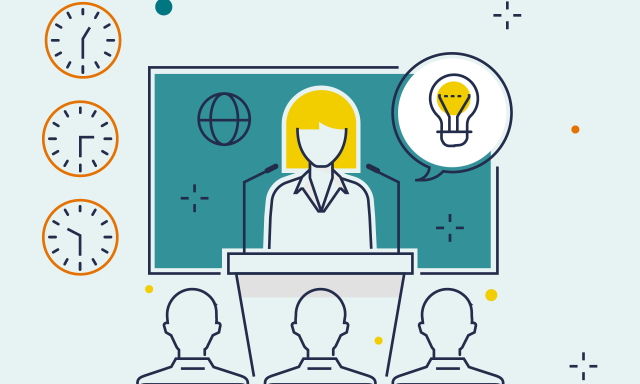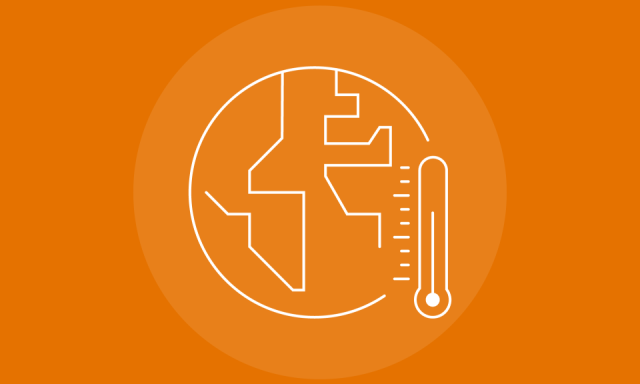
7 Steps of Design Thinking
When the right tools and significant insight are applied to a work process, the combination can lead to game-changing improvements in how business is done. Total quality management served that purpose for manufacturing in the 1980s; the creative problem-solving design thinking offers does the same for innovation three decades later.
The Structure Is Liberating
One of the greatest gifts design thinking brings the workplace is its methodical approach; having an explicitly spelled out process helps overcome inhibitors to change. Not only does each step lead to an output that feeds directly into the next, it helps participants move beyond human tendencies that are counterproductive to innovation: Design thinking pushes beyond habits and “status quo” thinking. With the process rooted firmly in collaboration, innovators push past confirmation bias and see what information other stakeholders consider vital. And it inspires confidence; it’s hard to be innovative if you’re scared of being wrong. To avoid making mistakes, people will naturally choose inaction over action, but the clear order of actions and tools the design thinking process provides contribute to a sense of psychological safety.
There’s freedom in the structure that comes with design thinking. The methodology’s design unleashes the thinking.
The Process
Design thinking typically involves seven steps along the path from customer discovery to idea generation to the innovative result itself.
- Immersion: Rather than start off looking at existing data, the design thinker takes an ethnographic approach and walks through the customer’s experience, thereby gaining deeper understanding and uncovering unarticulated needs.
- Sense Making: The innovation team next collects the observations and data considered most important, then invites key stakeholders to note the data they consider most essential and group them by themes.
- Alignment: Now the group asks “If anything were possible” questions to determine what the new design would do well. Without constraints, they have creative discussions to determine what the criteria should be of the new design.
- Emergence: Using the new design criteria, stakeholders brainstorm individually, then share ideas and build on them, brainstorming solutions.
- Articulation: Now that there are a number of different ideas, the group questions the assumptions implicit in them. But rather than simply arguing that something will or won’t work, design thinking frames the conversation in terms of what would have to be true in order for an idea to be successful.
- Pre-experience: One doesn’t need a polished prototype to test an idea; even helping testers imagine the result helps them assess it in a productive way. This could be with an inexpensive rough draft or with a storyboard; the incompleteness invites interaction with those evaluating the idea.
- Learning in Action: Experiments in the real world bring to the surface what changes make the idea successful and lead to further developments.
For an in-depth discussion of the design thinking process, including real-world examples of how it’s effected change in business, health care and social services, read more in Darden Professor Jeanne Liedtka’s article “Why Design Thinking Works” in the September/October issue of Harvard Business Review, also available on HBR.org.














